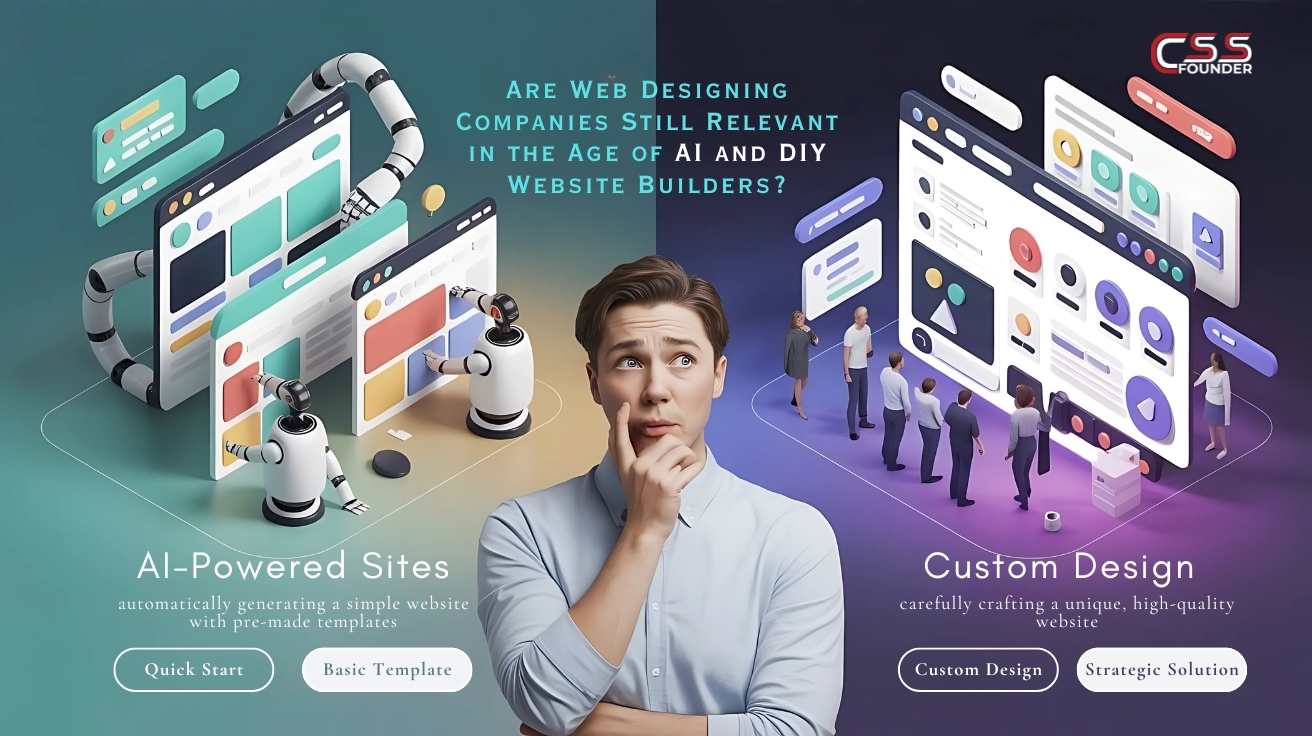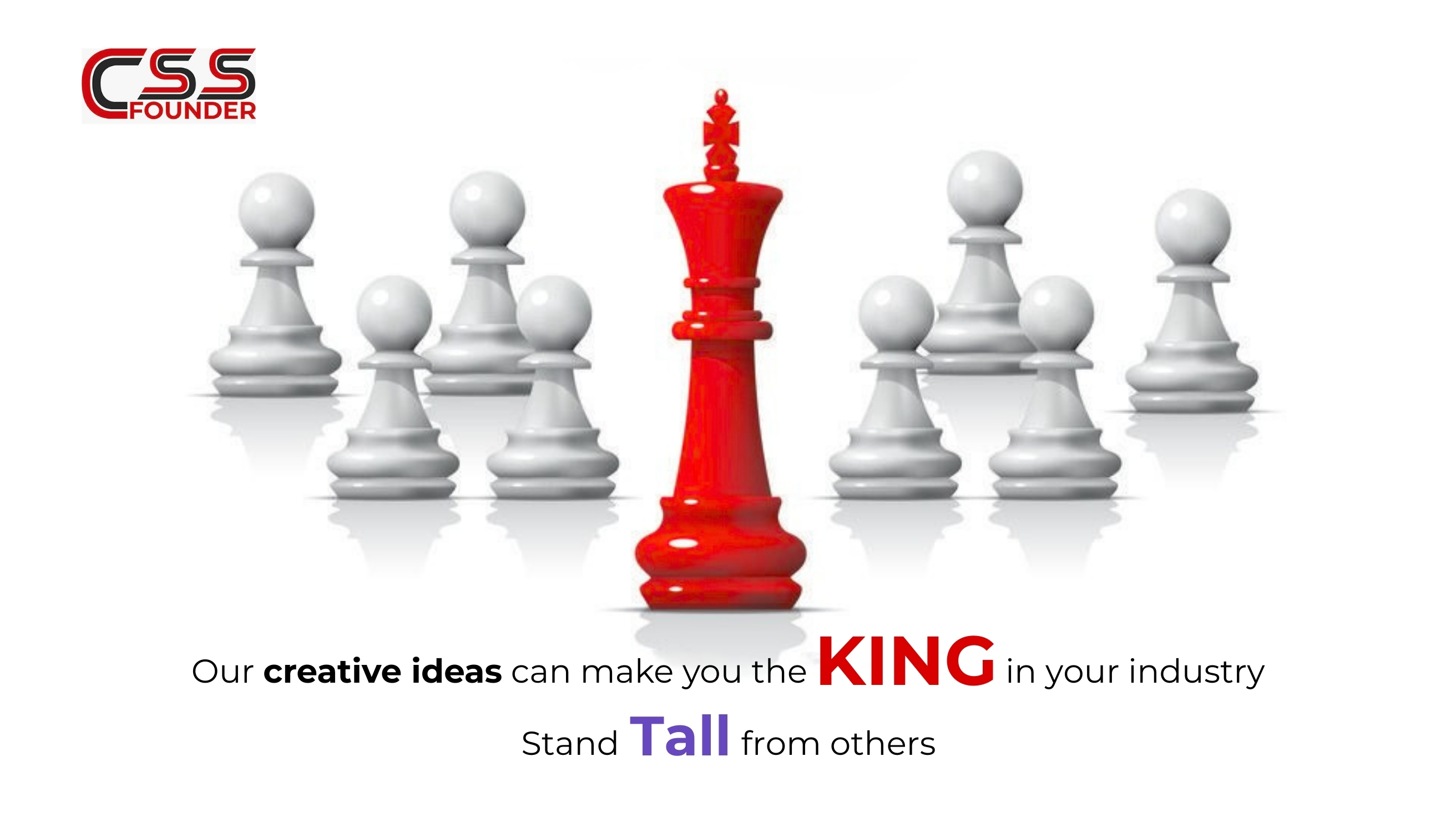As the largest city in Saudi Arabia and a major hub for commerce in the Middle East, Jeddah has seen a significant surge in ecommerce activities. With more businesses recognizing the potential of online retail, the demand for ecommerce website development has grown substantially. However, one of the primary concerns for entrepreneurs and established businesses alike is the cost associated with developing an ecommerce website in Jeddah. This article aims to provide a detailed overview of the factors influencing ecommerce website development costs and what businesses can expect to invest.
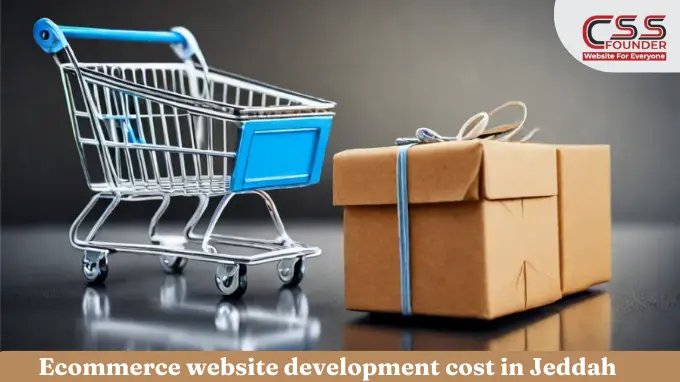
Cost Ranges for Ecommerce Website Development in Jeddah
The cost of developing an ecommerce website in Jeddah can vary widely based on the factors mentioned above. Here’s a general breakdown of what businesses can expect:
1. Basic Ecommerce Website: (SAR 15,000 – SAR 50,000)
A basic ecommerce website typically includes essential features like product listings, a simple checkout process, and basic payment gateway integration. This option is suitable for small businesses or startups with a limited product range.
2. Mid-range Ecommerce Website: (SAR 50,000 – SAR 150,000)
A mid-range ecommerce website offers more customization, enhanced design elements, and additional features like customer accounts, order tracking, and integration with popular payment gateways. This option is ideal for growing businesses with a more extensive product catalog.
3. Advanced Ecommerce Website: (SAR 150,000 – SAR 500,000+)
Advanced ecommerce websites are fully customized solutions with sophisticated features, seamless integrations with various third-party services, advanced security measures, and optimized for high-volume transactions. This option is suitable for large businesses or those with complex requirements.
Additional Costs to Consider
When budgeting for an ecommerce website, it’s important to factor in ongoing costs:
1.Hosting:
Depending on your website’s size and traffic, hosting costs can range from SAR 500 to SAR 5,000+ per month.
2. Domain Name:
Annual domain registration fees typically range from SAR 50 to SAR 500.
3. SSL Certificate:
Essential for secure transactions, SSL certificates can cost between SAR 300 to SAR 3,000 annually.
4. Maintenance and Updates:
Regular maintenance and updates can cost anywhere from 10% to 20% of the initial development cost annually.
5. Marketing and SEO:
While not directly related to development, allocating budget for digital marketing and SEO is crucial for the success of your ecommerce venture.
Factors Influencing Ecommerce Website Development Costs
1. Website Complexity
The complexity of your ecommerce website is a crucial factor in determining its development cost. A basic ecommerce site with essential features will naturally cost less than a sophisticated platform with advanced functionalities. The complexity is often dictated by factors such as the number of products, customization requirements, and integration needs.
2. Design and User Experience
In the competitive world of online retail, a visually appealing and user-friendly website is essential. The cost of design can vary greatly depending on whether you opt for a template-based design or a custom-built interface. Custom designs, while more expensive, offer unique branding opportunities and can significantly enhance user experience.
3. Features and Functionalities
The range of features you want to incorporate into your ecommerce website will impact the overall cost. Standard features like product catalogs, shopping carts, and secure payment gateways are essential. However, additional features such as customer reviews, wishlists, multi-currency support, or AI-powered product recommendations will increase the development cost.
4. Content Management System (CMS)
The choice of CMS plays a significant role in determining the cost. Popular ecommerce platforms like Shopify, WooCommerce, or Magento come with different pricing structures. While some may have lower upfront costs, they might incur higher long-term expenses through subscription fees or customization costs.
5. Mobile Responsiveness
With a growing number of consumers shopping via mobile devices, ensuring your website is mobile-responsive is crucial. This requirement adds to the development cost but is essential for providing a seamless shopping experience across all devices.
6. Security Measures
Implementing robust security measures to protect customer data and transaction information is non-negotiable. The cost of integrating SSL certificates, secure payment gateways, and other security features should be factored into the overall budget.
7. Integration with Third-party Services
Integrating your ecommerce website with third-party services like ERP systems, CRM tools, or logistics providers can streamline operations but will add to the development cost.
8. Multilingual and Multi-currency Support
Given Jeddah’s diverse population and its position as an international business center, offering multilingual and multi-currency support can be advantageous. However, implementing these features will increase the development cost.
Choosing the Right Development Partner
The choice of your development partner can significantly impact both the cost and quality of your ecommerce website. In Jeddah, you have several options:
1. Freelance Developers:
Generally the most cost-effective option, but may lack comprehensive skills or support.
2. Local Web Development Agencies:
Offer a balance of cost-effectiveness and quality, with the advantage of local market understanding.
3. International Agencies:
Can provide high-quality solutions but may be more expensive and lack local market insights.
4. In-house Development:
Provides maximum control but requires significant investment in hiring and maintaining a development team.
Conclusion
Developing an ecommerce website in Jeddah requires careful consideration of various factors that influence the overall cost. While it’s tempting to opt for the cheapest solution, it’s crucial to prioritize quality, scalability, and user experience. A well-designed and functional ecommerce website is an investment that can significantly boost your business’s online presence and sales potential.
Before embarking on your ecommerce website development journey, clearly define your requirements, research potential development partners, and allocate a realistic budget that accounts for both initial development and ongoing maintenance costs. By doing so, you’ll be well-positioned to create an ecommerce platform that not only meets your current needs but also supports your business’s future growth in Jeddah’s dynamic market.
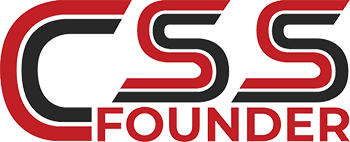

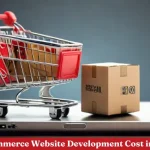
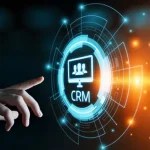

.png)
